WIKI
Are you interested by?
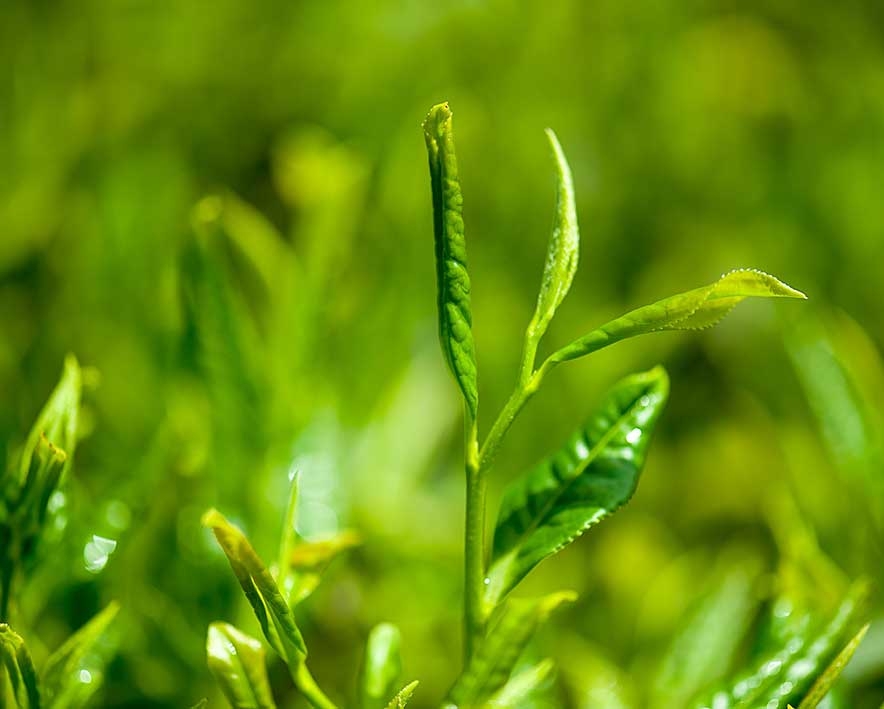
Tea Types
While all tea comes from the same plant, the Camellia sinensis, there exist hundreds of kinds of teas, with their own individual appearance, taste, and aroma. The most common categories used today are green, white, oolong, black, and fermented. These categories refer to how much a tea is oxidized or, in tea terminology, fermented. Oxidation begins after the leaf has been plucked from the plant, and begins a process of being dried, withered, rolled, and heat treated. A black tea is fully oxidized, causing it to turn black, while a white tea is barely oxidized at all, thus retaining its soft, silvery down.
We tend to call many things that we infuse in hot water a tea. But technically, it’s only tea if it’s made from the leaves of Camellia sinensis. Today tea is grown in over one hundred countries to meet the worldwide demand.
Tea Types:
White tea:
- The least processing of all teas
- Traditionally cultivated in China
- Tends to have the most delicate flavors and aromas
- May release the least amount of caffeine of all teas (Recent claims that white tea has less caffeine than green tea are often debatable. Caffeine content is sometimes more dependent on the part of the plant used, rather than on process.)
- Preparation of white teas requires pure water at 80° C. (Boil, then cool 3 mins)
Green tea:
- Not oxidized because during the rolling process, oxidation is prevented by applying heat
- For green tea, the fresh leaves are either steamed or pan-fired (tossed in a hot, dry wok) to a temperature hot enough to stop the enzymes from browning the leaf.
- The liquor of a green tea is typically a green or yellow color, and flavors range from toasty, grassy (pan fired teas) to fresh steamed greens (steamed teas) with mild, vegetable-like astringency.
- Preparation of white teas requires pure water at 80° C. (Boil, then cool 3 mins)
Oolang tea:
- Oolong teas are semi–oxidized, which places them mid–way between green and black teas. This gives them the body and complexity of a black tea, with the brightness and freshness of a green tea
- To read more about oolang tea, check http://rostani.com/en/article/23.html
Black tea:
- The most well-known variety of tea in the West
- Black tea is fully oxidised and has darker appearance, stronger flavour and higher caffeine content compared to other teas
- Black teas divided into broken leaf and full leaf categories. A broken-leaf tea consists of leaves that have purposely broken into small pieces during processing. The smaller size allows the water to extract more of the tea leaves' components in a short period of time. For this reason, broken leaf teas tend to be more brisk and higher in caffeine, making them an excellent morning teas to be paired with milk and sugar. Full leaf teas, on the other hand, tend to be more refined and gentler on the palate. While there are exceptions, like many of Assam's full leaf teas, these teas are traditionally taken later in the day without anything added.
Pu’erh teas:
- Pu’erh teas is very smooth in taste, and can be even darker than black tea
- It is a naturally fermented tea, and, if stored properly, the older the tea, the better the flavor
- Pu’erh tea is processed through special fermentation by using the semi-fermented green tea of Yunnan large leaf tea. It is black or brown in color. This tea undergoes a secondary fermentation process that takes 6 months to a year, during which the tea is contained in a warm, humid environment, allowing beneficial bacteria and fungal microflora to flourish. The more aged Pu’erh tea is mellow and gives a sweet taste in mouth after drinking.
- Preparation: Requires pure water at boiling point (212° F).

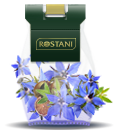 Echium
Echium
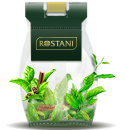 Aromatic Green Tea
Aromatic Green Tea
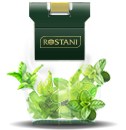 Mint Green Tea
Mint Green Tea
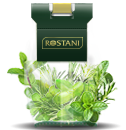 Mint Mix
Mint Mix
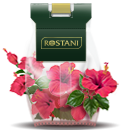 Hibiscus
Hibiscus
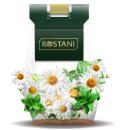 Chamomile
Chamomile